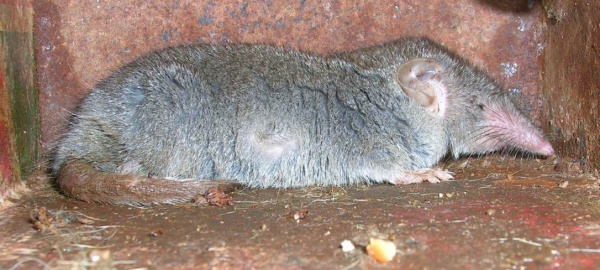Facts About Asian House (Musk) Shrew
The Asian house shrew, scientifically known as the house shrew, originates from South and Southeast Asia. It is widespread and abundant, which is why the IUCN Red List categorizes it as Least Concern. Nonetheless, humans have introduced the species to other parts of the world, where it has become invasive, negatively affecting some island lizard populations.
Over time, scientists have proposed various names for the Asian house shrew. It is a medium-sized mammal characterized by uniform fur, short legs, and distinctive musk glands that emit a strong odor, particularly during the mating season. Weighing between 50 and 100 grams, it is the largest among shrew species.
This shrew is nocturnal and has a voracious appetite for insects. It is often found in proximity to human dwellings. The species breeds year-round, with females giving birth to several litters annually. The Asian house shrew can adapt to a wide range of environments, from deserts to urban areas. It exhibits some peculiar behaviors, such as forming caravans with its young and producing chattering noises while moving.
While it excels at naturally controlling pests due to its insect-heavy diet, the Asian house shrew can also be a nuisance. Its strong odor and occasional raids on human food supplies make it unpopular. People often mistake it for rats or mice and may kill it, assuming it is a pest. However, its population typically remains low.
